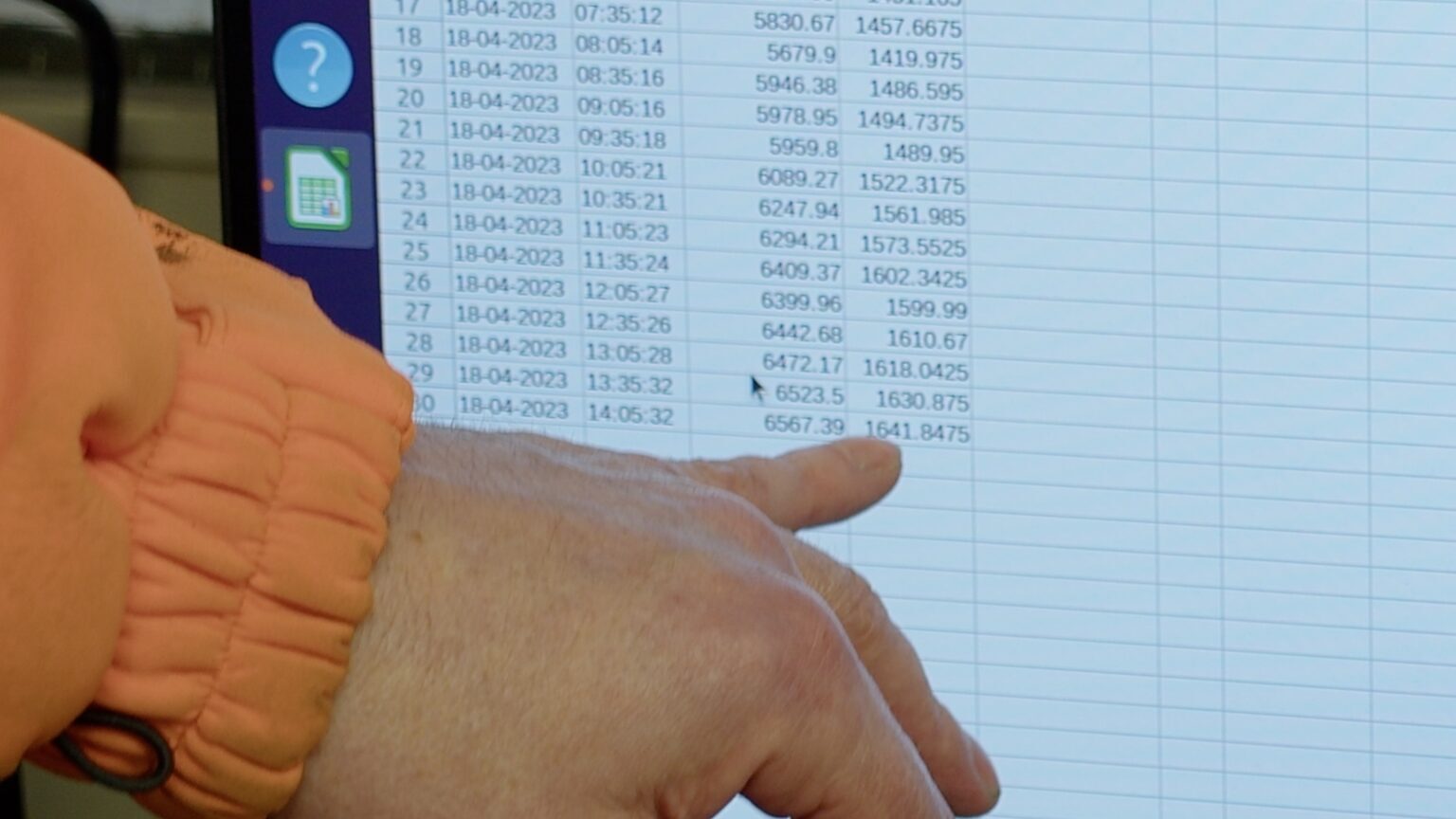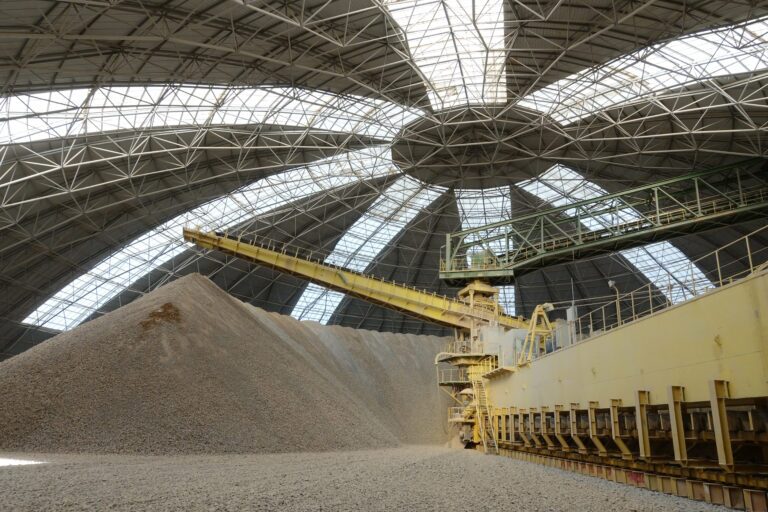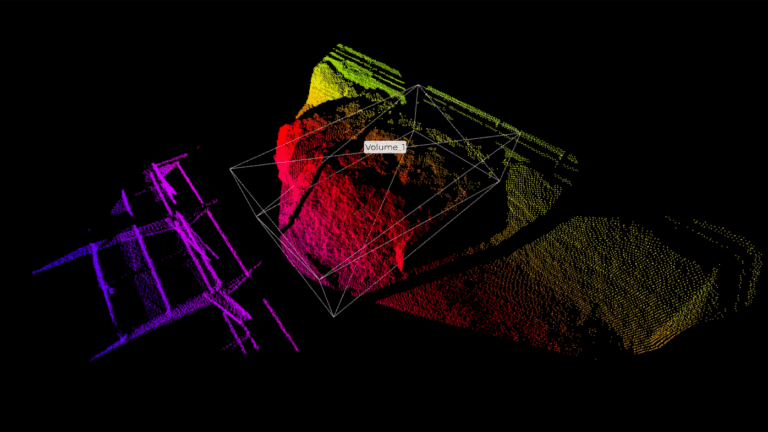Why precise stockpile inventory is essential today
Ongoing delivery challenges, fluctuating raw material costs, and carbon pricing make efficient inventory management a business necessity. Companies need clear visibility and accurate documentation of their stockpile inventory to meet internal planning goals, audits, and regulatory requirements.
Incorrect data can disrupt the supply chain directly. Production delays, urgent last-minute deliveries, or overloaded storage sites often result from unreliable inventory checks. A consistent and dependable data foundation supports not just inventory but the entire operation.
Advanced LiDAR technology enables precise and automatic bulk material measurement. High-frequency laser pulses create detailed 3D models of stockpiles, eliminating the need for manual measuring or time-consuming inspections.
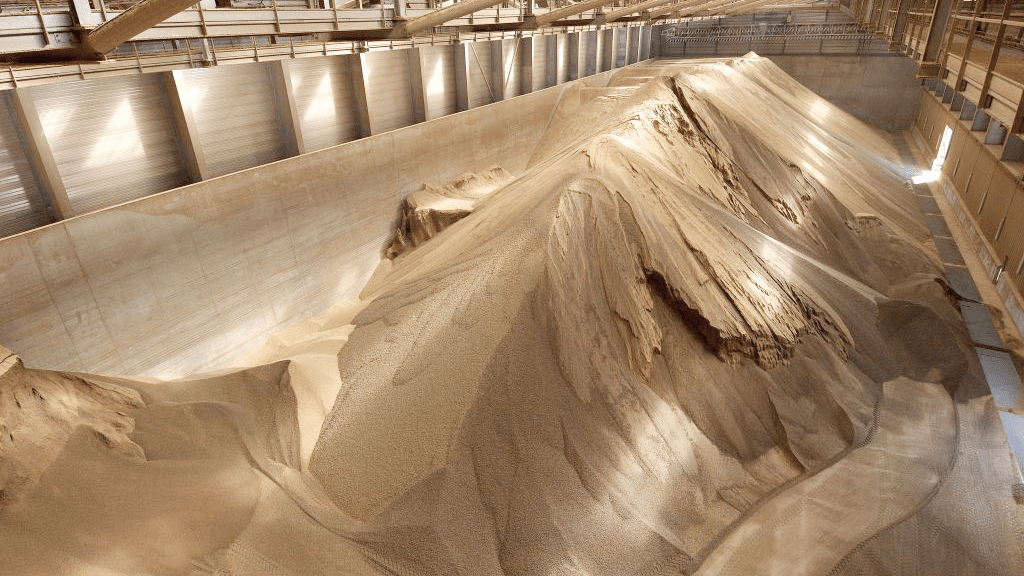
Three common mistakes in stockpile inventory—and how to avoid them
In daily operations, there’s often little time for comprehensive inventory checks. Many rely on experience or rough estimates. Yet when supply chains are under pressure or strict documentation is required, this can lead to serious miscalculations. The following scenarios illustrate how modern LiDAR-based measurement supports stockpile accuracy:
“There’s still room in the storage area.”
The issue: Visual estimates of remaining capacity are often misleading, especially when piles have irregular shapes or visibility is limited.
The solution: LiDAR sensors scan storage areas automatically and calculate available space with high accuracy. Custom alerts help operators react early and plan deliveries more effectively.
“We just placed an order.”
The issue: When multiple sites or teams are involved, lack of transparency can lead to duplicate orders or unexpected shortages.
The solution: LiDAR systems provide regular measurements and deliver the results to a central dashboard. All teams access the same up-to-date stockpile inventory data, simplifying communication and planning.
“This pile seems smaller than usual.”
The issue: Weather, equipment, or changing storage layouts can alter pile shapes, making visual estimates unreliable.
The solution: LiDAR produces 3D point clouds and uses software to detect even minor changes in stockpile shape. Regular measurement ensures accurate and consistent inventory data.
How modern stockpile inventory works in practice
Automated stockpile inventory uses one or more 3D LiDAR sensors such as Blickfeld’s QbVolume. These devices scan the environment at set intervals without the need for manual input. They generate high-density 3D point clouds that serve as the basis for accurate volume calculations.
LiDAR sensors work indoors and outdoors alike. They are IP67-rated, resistant to temperature fluctuations, and equipped with mechanisms to reduce the impact of dust.
Before installation, a virtual layout is created to determine optimal sensor positions and ensure full coverage of all storage areas. After setup, the system is customized with exclusion zones and dashboard settings to match specific operational needs.
Once active, the sensors begin measuring automatically. The captured data is preprocessed within the device, including the correction of shadowing effects caused by equipment or uneven surfaces. Data from multiple sensors is merged into a unified point cloud, geo-referenced, and analyzed by the software.
The software identifies individual piles, separates them, and calculates their volume. With stored density values, it also converts volume into material mass.
Results are displayed in a dashboard that can be accessed online or offline. Every scan is saved with a 3D view, so historical values remain accessible. The dashboard can be customized to track different materials and the data can be integrated into ERP or accounting systems through open interfaces.
The outcome: A fully digital, traceable stockpile inventory process that integrates into existing workflows. It delivers a current, accurate overview at all times—automatically and without additional manual effort. Traditional measurements and time-consuming visual inspections become unnecessary.
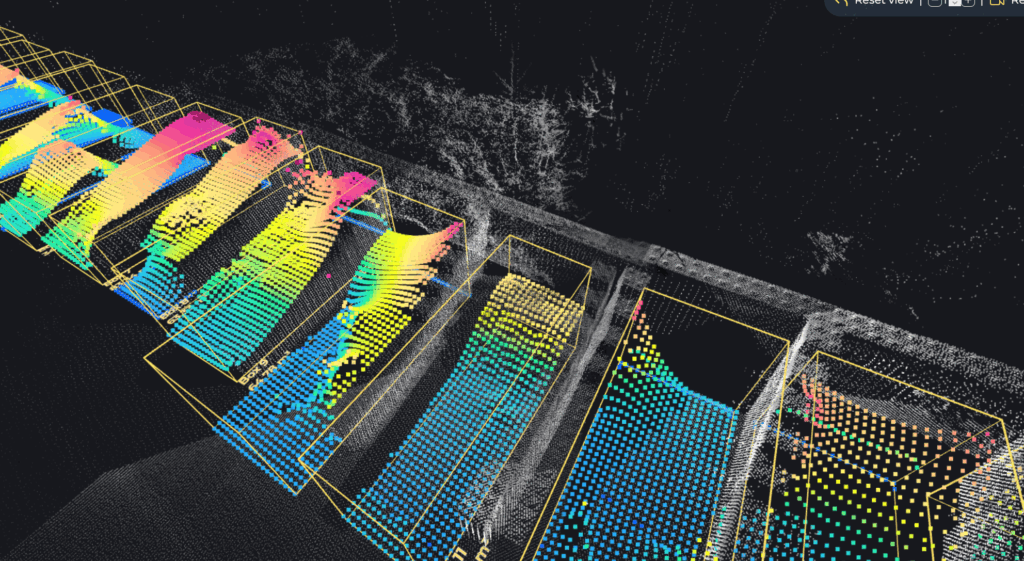
Real-world insights: How companies use automated stockpile inventory
Practical experience from a range of industries shows how this technology performs in real-world use. Municipal service providers like TBS Solingen report significant time savings, improved planning capabilities, and higher data quality. “The automated collection of real-time data not only saves valuable time but also provides us with precise figures that make planning much easier,” a spokesperson explains.
In the waste management sector, LiDAR contributes to greater operational safety—for example, in the Gersthofen industrial park, where irregular material build-ups can now be detected early.
In agriculture, the technology helps analyze shrinkage losses and maintain product quality, directly influencing both profit margins and restocking strategies.
Public works departments especially benefit from enhanced visibility and quicker response times. One user reports, “We save two full workdays per inventory.” Another adds, “We always know exactly how much material is left—that gives us peace of mind.”
LiDAR also creates new opportunities in the building materials industry. A leading cement manufacturer uses high-precision volume measurements of clinker stockpiles to calculate CO₂ taxes accurately. Thanks to integration with the company’s ERP system, current inventory levels are always available, while manual effort has been reduced by more than 80 percent.

Conclusion: Stockpile inventory as a core component of modern logistics
Across industries—from municipalities to agriculture to construction—precise stockpile inventory is no longer optional. Digital measurement creates transparency, improves efficiency, and reduces risk.
Especially in times of unstable supply chains and rising regulatory demands, automated bulk material measurement is becoming the new standard. With digital stockpile inventory, businesses build the foundation for efficient, future-ready storage management.
Download the whitepaper: How to digitize your stockpile inventory
Learn step by step how to implement LiDAR-based volume measurement—from planning sensor placement to displaying live data. Get your free whitepaper now.

